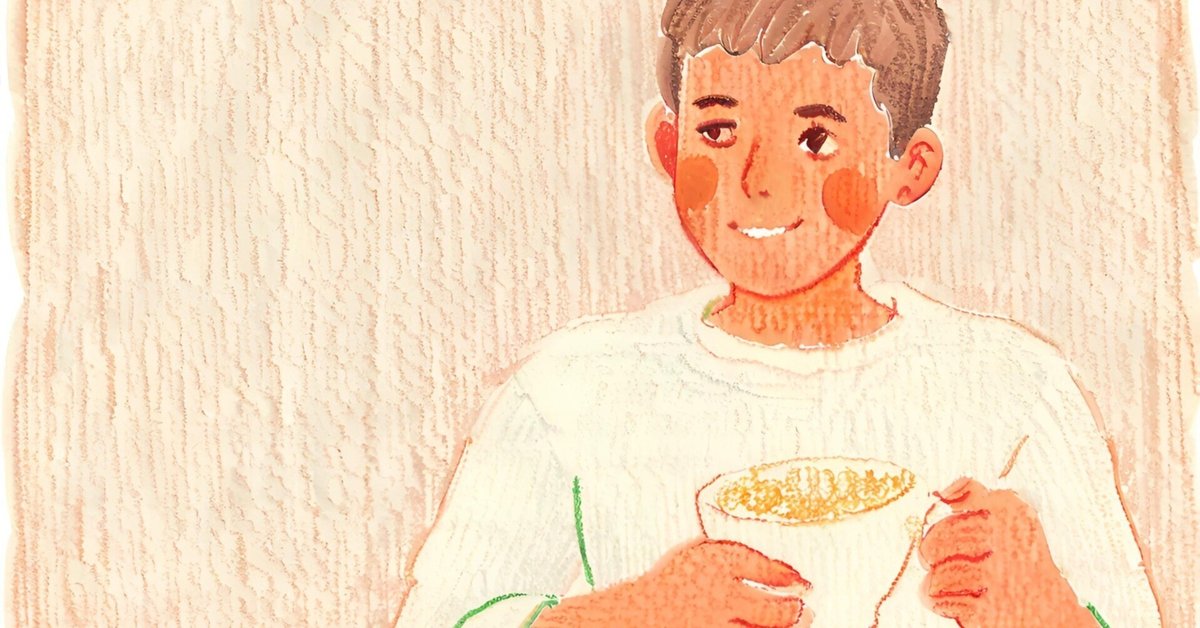
味と熱の形 美味しい振動数
この動画では、『味の形』という本を読んで、「私が熱に形を感じていたこと」を思い出してお話ししています。
以下、YouTube動画概要欄からの転載・加筆したものです
味を形として記憶できる
『味の形』、おもしろい本でした。
迫川さんが撮った写真もおいしそうだし。
この本の中にこんな文章がありました。
丸い味、とんがった味、柔らかい味、かたい味とか言ったりしますが、普通はあくまで比喩表現です。でも、迫川さんの場合は比喩じゃない。だって、現物が現れるんですもんね。
この感覚は、シナスタジアsynesthesia(共感覚)と言われるようですね。
視覚=映像、味覚=味などの一対一の対応ではなく、五感(視覚、聴覚、触覚、味覚、嗅覚)がお互いにクロスして感じられる感覚です。
私は味には感じませんでしたが、熱には形を感じていました。
熱にもきっと、形がある
私が炭火の研究をするきっかけになったこんな経験があります。
ガスで温めたスープはかなり冷まさないと口に入れることができないが、備長炭で温めたスープはある程度は熱くても口に入れることができる
電子レンジやガスで沸かしたお湯は冷めやすいが、備長炭で沸かしたお湯は冷めにくい
これは備長炭で焼いたものでも同じような感覚があります。
ガス火や薪火に比べて 、
「備長炭の火には丸みがある」
「でもその丸みの奥が空洞ではなく、大きて強い芯がある」。
この熱の形の違いはなんだろう?と思って、人間の脳の構造や知覚、五感について調べ直していくとどんどんとその不思議に飲み込まれていきました。
音の形
そんなある時、聴覚(空気の振動)はその周波数帯の密度や強弱によって形に置き換えることができることを思い出します。
声紋分析や公共放送のポスプロでもよく使われるスペクトログラムってやつです。こんなやつ↓

ということは、人間は熱や赤外線の振動数や波長を無意識に解析して熱い冷たいと感じているんだから、聴覚と同じように触覚にかかわる熱や赤外線だって形として表すことができるに違いないと考えました。
ただ、わたしが見たいのはいわゆるサーモングラフィーなどの一瞬一瞬を切り出したものでありません。
声紋分析のように、熱源が放つ熱と赤外線を分解して、その振動数や波長を時系列に形として表わしたものです。
炭火が放つ熱と赤外線の最初から最後までを、形で示したいのです。
そんな研究や資料があるなら、ぜひ教えてください!
【目に見えないものを、目に見えるようにする。】
人類にはまだまだやるべきことが残っている気がします。
Writer:
ホンダタロウ/炭火研究家 @HIROBIN
ふだんは備長木炭の生産→流通→消費のうち、
「流通」を担っています。
世界の伝統文化、アート、JAZZが好きです。
Instagram:@hirobin___taro.honda___
twitter:@sumibinogakkou
Youtube:@hondataro

In this video, I am talking about the book "The Shape of Taste", which reminds me of how I used to feel a shape in SUMIBI.
Taste can be memorized as a form.
The book "The Shape of Taste" is an interesting book.
The photos taken by Naoko Sakokawa looks so delicious.
In the book, there is a sentence that goes like this
Round taste, sharp taste, soft taste, hard taste, and so on, but usually they are just metaphors. But in Mr. Sakokawa's case, it is not a metaphor. Because the actual thing appears.
This sense is called synesthesia (synesthesia), isn't it?
It is not a one-to-one correspondence of sight = image, taste = taste, etc., but a sensation in which the five senses (sight, hearing, touch, taste, and smell) are crossed with each other.
I did not sense taste, but I did sense form in heat.
Heat has shape
I had this experience that led me to research SUMIBI heat.
Soup heated with gas has to be cooled down considerably before you can put it in your mouth, but soup heated with binchotan can be put in your mouth even if it is hot to some extent.
Water boiled in a microwave oven or with gas tends to cool down easily, but water boiled with binchotan does not cool down easily.
This is the same feeling with food cooked over binchotan.
Compared to gas or wood fires ,
The heat of Binchotan has a roundness to it, but behind that roundness is not hollow, but a large, strong core.
What is the difference in the shape of this heat?
I began to wonder about the structure of the human brain, perception, and the five senses, and as I began to reexamine them, I became more and more fascinated by the wonders of the world.
The Shape of Sound
Then one day, I remembered that hearing (air vibrations) can be translated into shape according to the density and intensity of its frequency range.
This is the spectrogram often used in voiceprint analysis and public broadcasting post-production.
So, I thought that heat and infrared rays, which are related to the sense of touch as well as to the sense of hearing, must be able to be expressed in the form of shapes, since we unconsciously analyze the frequency and wavelength of heat and infrared rays to feel hot and cold.
However, what I want to see is not a moment-by-moment image, such as so-called thermographies.
I want to see a time-series representation of the frequency and wavelength of the heat and infrared radiation emitted by a heat source, as in voiceprint analysis.
I want to show the heat and infrared radiation emitted by a SUMIBI from beginning to end.
If you have such research or data, please let me know!
Making the invisible visible.
I feel that there is still much left for mankind to do.
Sumibi Researcher | TARO HONDA
Belongs to Bincho Charcoal Specialty Store HIROBIN https://www.charcoal.co.jp
Sumibi research history: 2005-
Instagram:@hirobin___taro.honda___
Youtube:@hondataro
この記事が参加している募集
この記事が気に入ったらサポートをしてみませんか?
